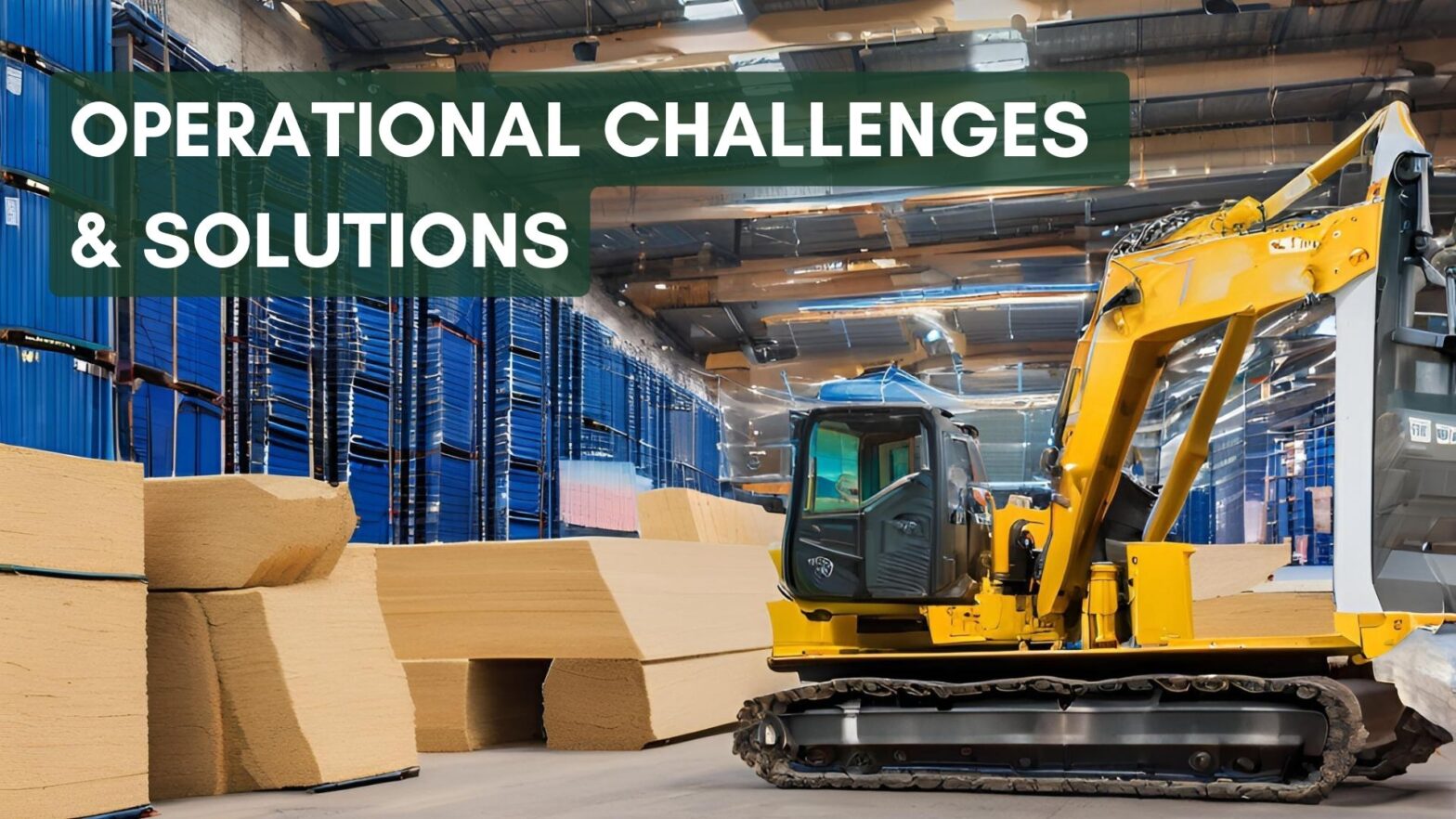“The safety of all employees, contractors, and visitors is the highest priority in a lumber yard. Due to the heavy equipment, large stockpiles, and high-velocity operations, lumber yards present various safety risks. This SOP outlines the critical safety guidelines to ensure a safe working environment, minimize hazards, and comply with local and federal safety regulations.
Purpose
The purpose of this document is to:
Provide clear, actionable safety procedures for yard personnel
Establish uniform safety protocols to minimize risk and ensure compliance
Create a culture of safety and awareness within the lumber yard
Scope
This SOP applies to all yard employees, contractors, delivery personnel, visitors, and anyone who enters the lumber yard. It covers general safety practices, equipment handling, material storage, personal protective equipment (PPE) use, emergency response protocols, and visitor management.
Responsibilities
Yard Manager
Oversee all safety procedures and ensure staff compliance
Conduct regular safety audits and risk assessments
Maintain safety records and certifications
Employees
Follow all safety procedures and report hazards to the Yard Manager
Participate in safety training and drills
Maintain awareness of their surroundings at all times
Visitors/Contractors
Comply with yard safety protocols while on-site
Wear the required PPE when entering restricted areas
Follow instructions from yard staff for site safety
Personal Protective Equipment (PPE)
Required PPE for All Yard Personnel:
Safety Boots: Steel-toe boots to protect feet from falling debris or equipment
High-Visibility Clothing: Bright reflective vests or shirts to ensure visibility at all times
Hard Hats: To protect from falling materials and overhead hazards
Gloves: Heavy-duty gloves for handling rough or sharp materials
Eye Protection: Safety glasses when cutting, loading, or handling materials that could cause injury
Hearing Protection: Earplugs or earmuffs when working around loud equipment
Optional PPE (Based on Task Requirements):
Respirators: When handling materials that generate dust or fumes
Knee Pads: For employees involved in tasks that require prolonged kneeling
General Safety Practices
Yard Access and Traffic Control
Authorized Personnel Only: Restrict yard access to employees and contractors with proper identification
Speed Limits: Enforce a 5 mph speed limit for all vehicles and equipment operating within the yard
Traffic Routes: Maintain clearly marked driving lanes and pedestrian pathways
Pedestrian Safety: Ensure all foot traffic stays within designated walking areas
Vehicle Spotters: Use ground guides when maneuvering heavy machinery or trucks in tight spaces
Material Handling
Proper Stacking: Lumber and materials should be stacked securely to prevent tipping or shifting
Use of Forklifts: Ensure all forklift operators are trained and certified, and only use forklifts within designated areas
Handling Long or Heavy Items: Use proper lifting techniques or lifting equipment (e.g., cranes or hoists) to move large or heavy items
Equipment and Machinery
Daily Inspections: Before use, all equipment (forklifts, cranes, saws, etc.) must undergo a pre-operation safety check to ensure proper functioning
Lockout/Tagout: Always implement lockout/tagout procedures when performing maintenance or repair work on machinery
Operator Training: Only trained and authorized employees should operate heavy machinery or vehicles
Fire and Emergency Response Procedures
Fire Prevention
Flammable Materials: Store all flammable materials (e.g., fuel, solvents) in a designated, ventilated, and fireproof area
Fire Extinguishers: Ensure easily accessible fire extinguishers are placed at key locations throughout the yard
Open Flames: No open flames (e.g., welding or cutting) should be used without proper fire watch personnel in place
Emergency Response
Emergency Contacts: Display a list of emergency contacts and procedures near all phone stations
First-Aid Kits: Ensure well-stocked first-aid kits are available at key locations and staff are trained in basic first aid
Evacuation Routes: Clearly mark all emergency exits and evacuation routes. Conduct annual evacuation drills for all yard personnel
Incident Reporting: Any injury or near-miss incident must be reported immediately to the Yard Manager and documented for review
Hazard Communication and Training
Hazard Identification
Regularly perform hazard assessments to identify potential risks such as:
Falling materials or tools
Equipment malfunctions
Exposure to weather conditions (extreme heat, cold, rain)
Improper material handling
Employee Training
Safety Training: Conduct mandatory safety training for all new hires and provide annual refresher courses
Specialized Training: Ensure all personnel handling heavy equipment, power tools, or hazardous materials are properly trained and certified
Safety Meetings: Hold weekly or monthly safety meetings to discuss potential hazards and reinforce safe work practices
Yard Housekeeping and Maintenance
Cleanliness
Keep the yard free from debris, scrap materials, and obstacles that can cause tripping or accidents
Maintain organized storage areas and ensure lumber and materials are neatly stacked
Regular Inspections
Conduct regular yard inspections to identify safety hazards or maintenance needs
Address potholes, uneven ground, and wet areas that could create slip-and-fall risks
Conclusion
Safety is the foundation of every successful lumber yard operation. By adhering to these Standard Operating Procedures, your team can create a safer, more efficient working environment, minimize accidents, and improve overall productivity. Regular training, clear communication, and consistent enforcement of safety policies will help maintain a high standard of safety and reduce risk.


